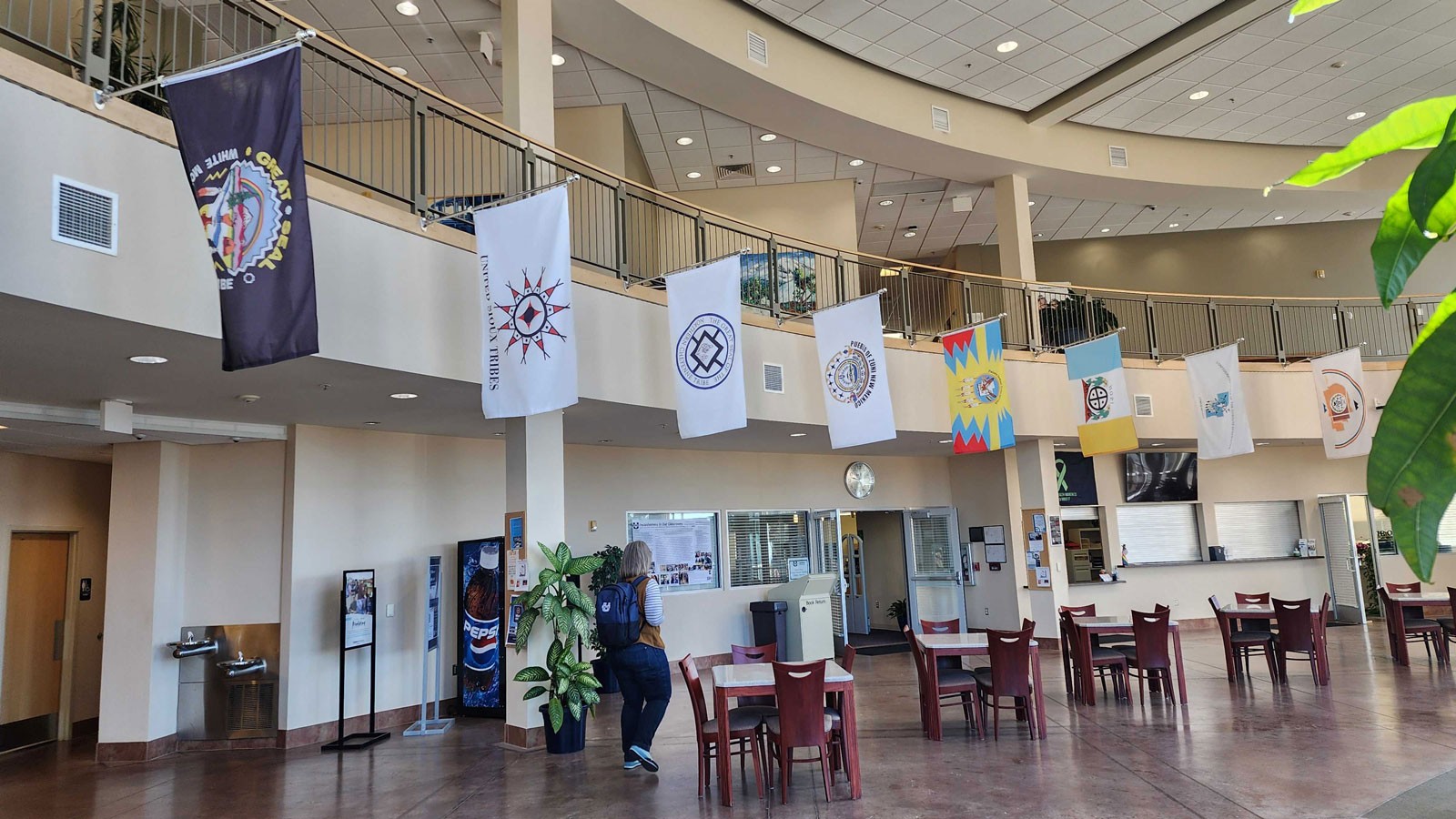Center for Intersectional Gender Studies & Research Visits Statewide Campuses
By Marcus Jensen |
LOGAN, Utah — Utah State University’s Center for Intersectional Gender Studies & Research has been working with Statewide Campuses to gain better understanding of each campus, their communities and their needs in order to identify ways of how the center can help support each campus.
Leaders from the center attended meetings with Statewide Campus administrators and hosted open houses with faculty and staff as well as with students. These open houses were during the months of October and November at several USU campuses, including USU Brigham City, USU Tooele, USU Salt Lake Center, USU Blanding, USU Eastern, USU Moab and USU Uintah Basin.
“It has been such a pleasure to visit each campus, meet their faculty, students and staff and gain a better understanding of how each campus functions,” said Latrisha Fall, assistant director for the Center for Intersectional Gender Studies and Research. “We wanted to learn about each campus and their specific needs, how we can be a resource to them and where they see future opportunities for collaboration. Our main goal for traveling to each campus was to provide us with a hands-on experience of what each campus looks like and to drive home the message we are here to support everyone.”
During their visits, campus leaders met with the leaders of the center to discuss concerns, particular needs, work they are currently doing and ideas for what they can do in the future to better collaborate with the center and to improve standard practices.
“Each campus identified ways the Center can collaborate with them,” Fall said. “The center wants to make sure we are supporting each campus and the needs they have identified.”
Through these visits, Fall and others who visited documented the distinctive challenges that face each campus. For example, the Salt Lake Center campus has a higher demographic of graduate students, while regional campuses like Blanding have a lot of CTE students. These differences can lead to diverse approaches when it comes to inclusion and representation.
Although there are differences at various campuses, Fall also commented on a common element, the fact that each is attempting to make their campus as inclusive and welcoming as possible to all who visit.
“Each campus is trying in their efforts to provide an inclusive environment for the students, faculty and staff,” Fall said. “Some campuses are very visible and intentional in their inclusive efforts while other campuses are at the beginning of their journeys.”
Now that the visits have taken place, the center will work to implement what it has learned so it can better serve all statewide campuses.
“We are excited to see statewide campuses take advantage of the funding we have to support them and that we can start to collaborate across campuses with greater frequency,” Fall said. “Our hope is that each campus implements visual representation of inclusion for their students, faculty and staff. Visual representation alongside actionable items saves lives.”
For more information on USUs Center for Intersectional Gender Studies & Research, visit www.usu.edu/intersections.
WRITER
Marcus Jensen
News Coordinator
University Marketing and Communications
marcus.jensen@usu.edu
CONTACT
Latrisha Fall
Assistant Director
Center for Intersectional Gender Studies & Research
(435) 722-1330
latrisha.fall@usu.edu
TOPICS
Statewide Campuses 340stories Diversity & Inclusion 251storiesComments and questions regarding this article may be directed to the contact person listed on this page.







